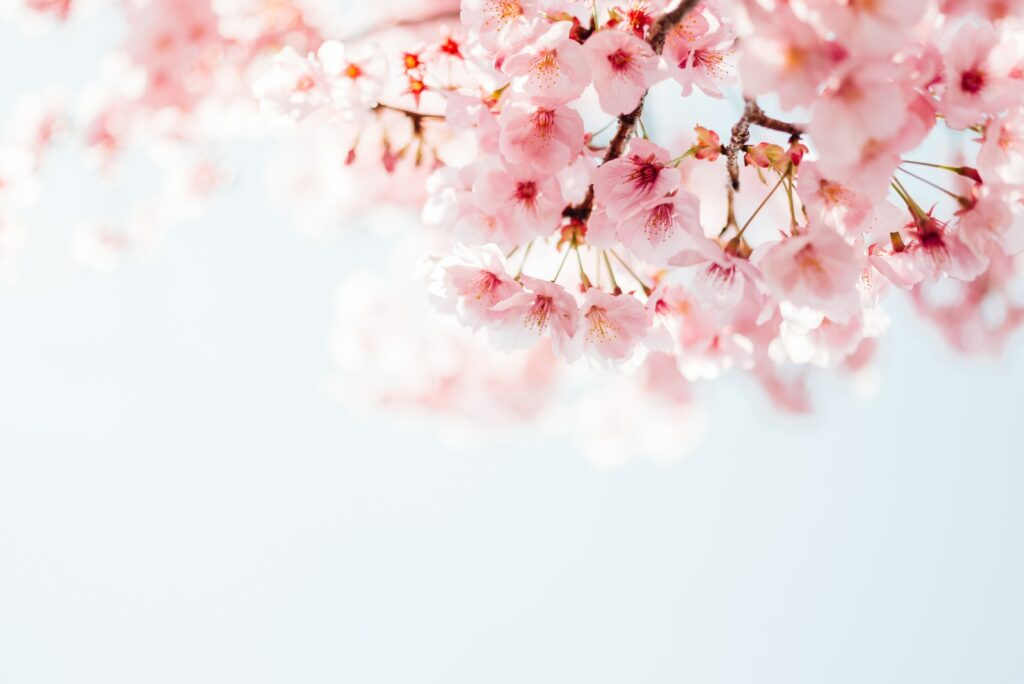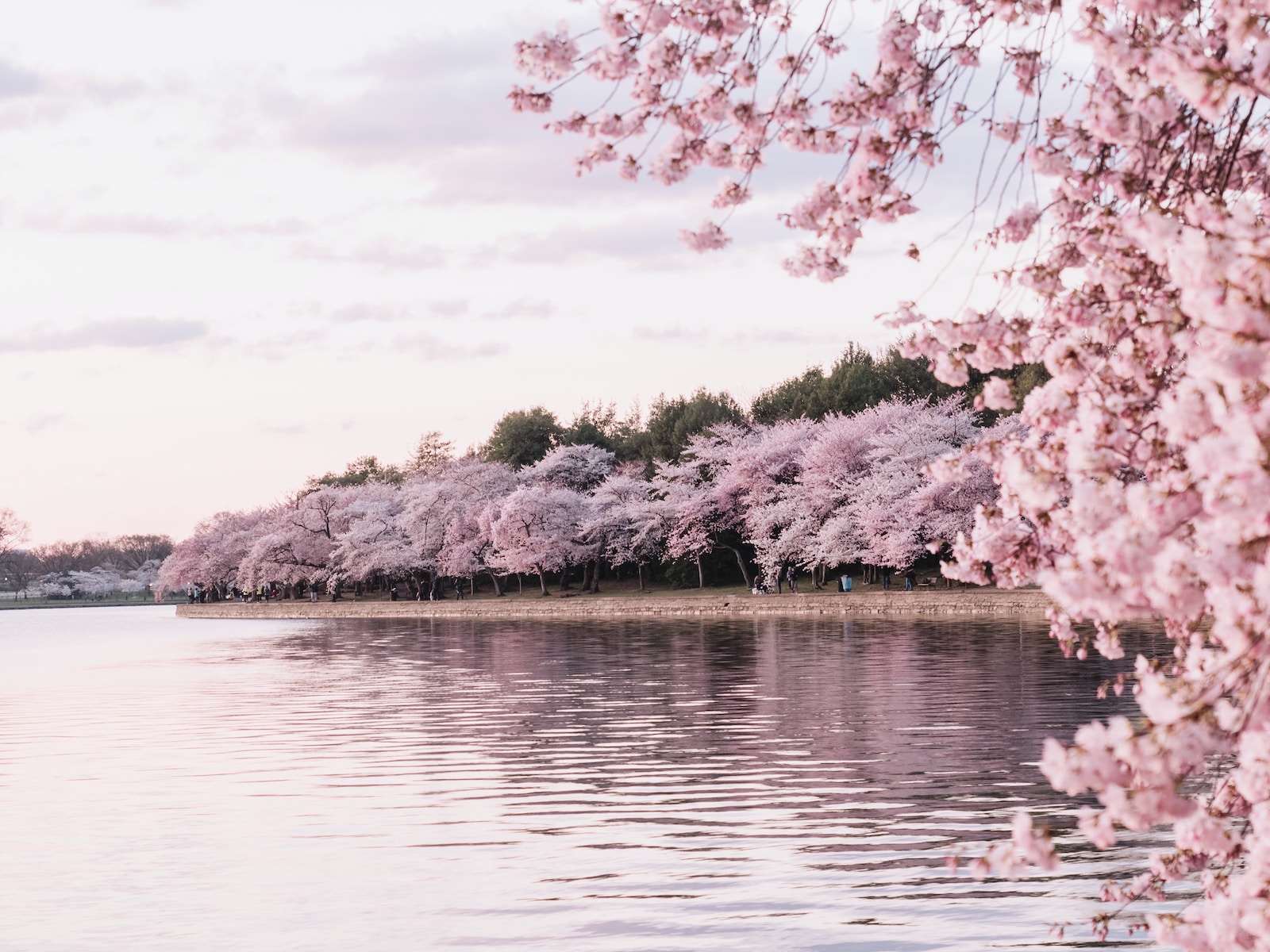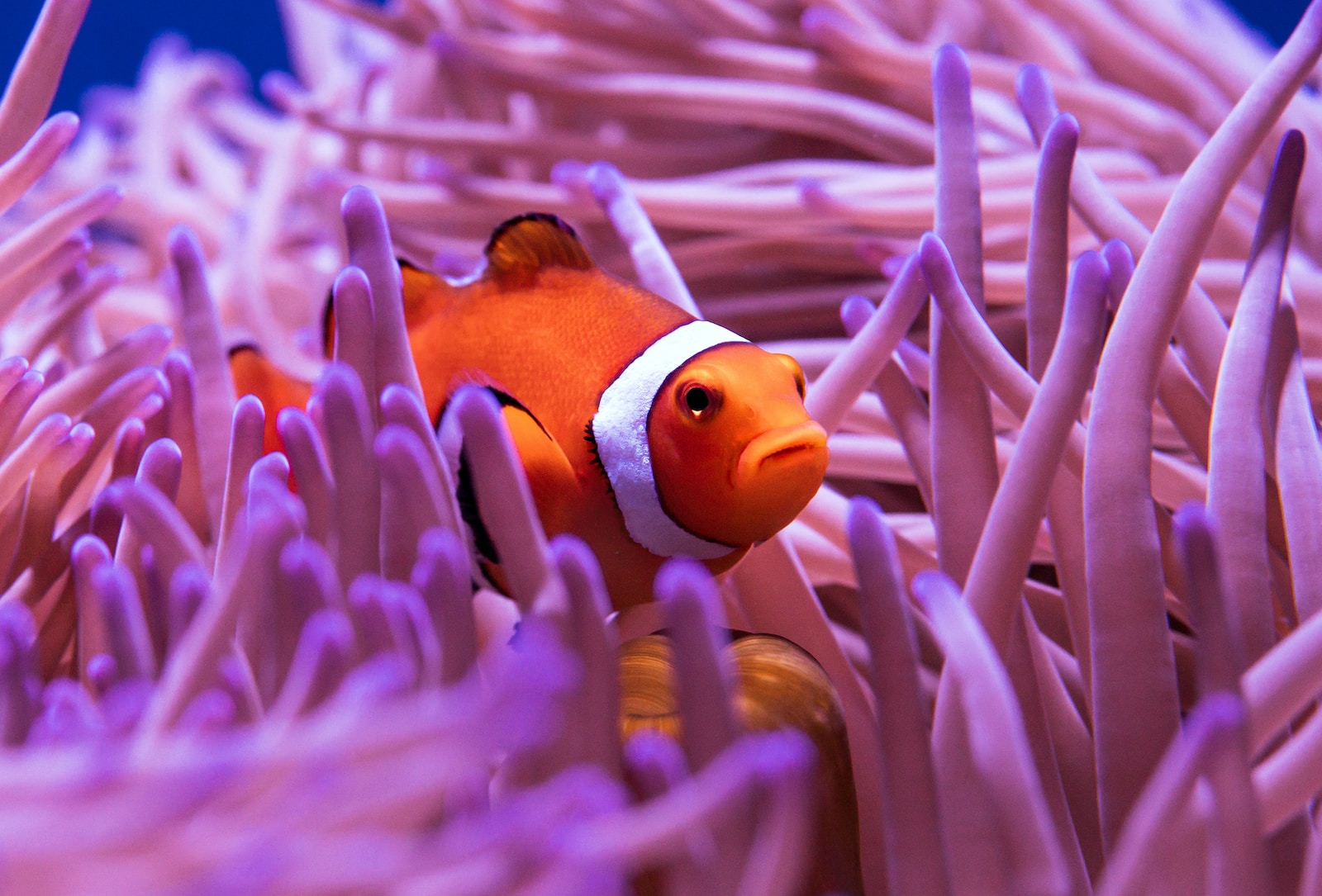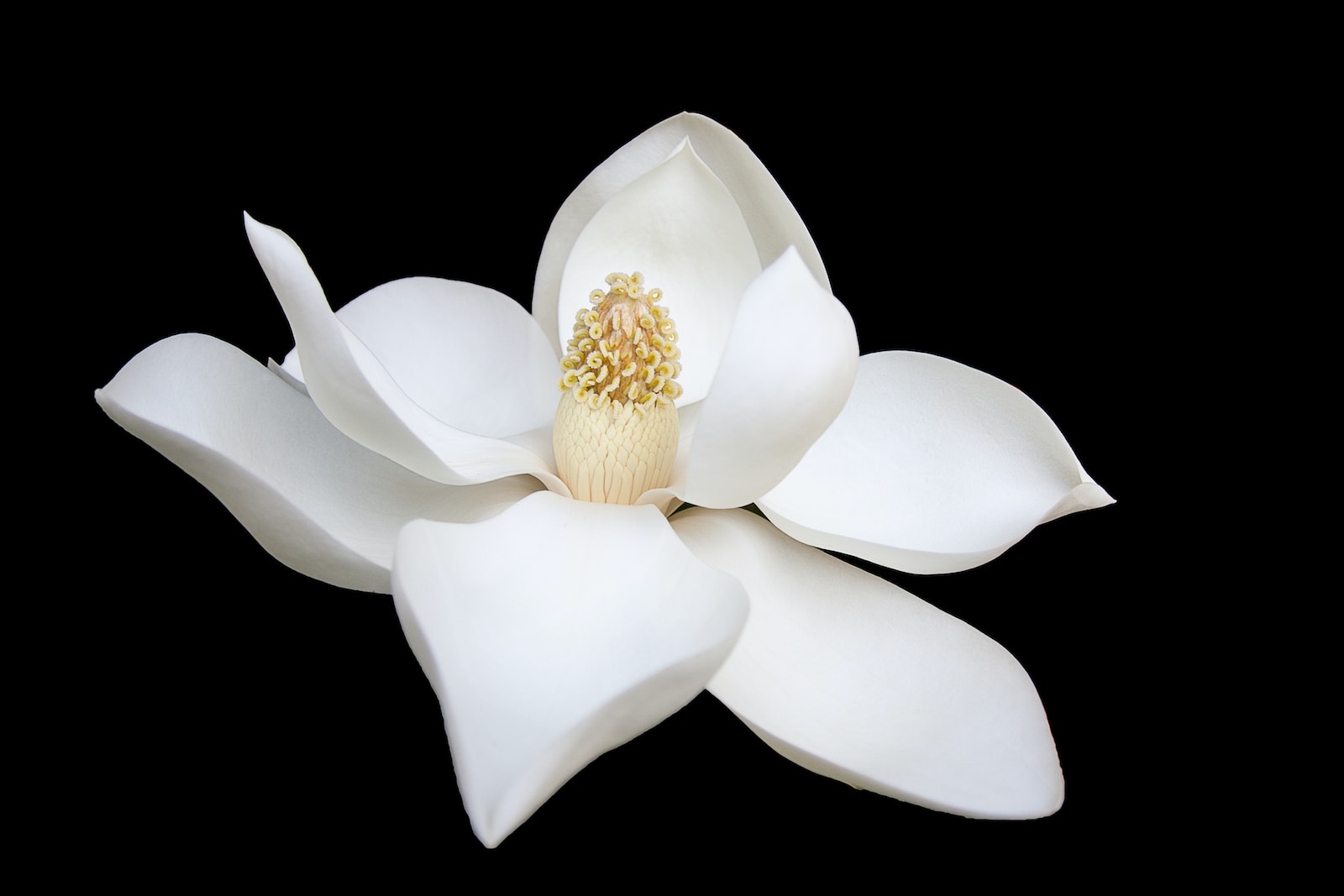Step into the enchanting world of sakura, where delicate cherry blossoms transform the landscape into a breathtaking symphony of colors. In this guide, we will dive into the art of capturing the essence of these ephemeral wonders through the lens of your camera. Join us as we explore the best locations to find these blooms, master the art of flower photography, and uncover the secrets to creating visually stunning compositions. Get ready to embark on an unforgettable journey into the heart of nature’s most captivating display of beauty.
Table of Contents
- Picturing Sakura/Cherry Blossoms – A Guide
- The Camera: Capturing Nature’s Delicate Beauty
- Exploring the Beauty of Sakura: The Best Time and Vantage Points to Capture Stunning Photos
- Frequently Asked Questions
- 1. Where can I find the best locations to photograph cherry blossoms?
- 2. What is the optimal lighting for capturing cherry blossoms?
- 3. How can I create visually striking compositions with cherry blossoms?
- 4. What camera settings should I use for cherry blossom photography?
- 5. What equipment do I need for cherry blossom photography?
- Wrap Up
Picturing Sakura/Cherry Blossoms – A Guide
When it comes to capturing the beauty of nature through photography, few subjects can rival the enchanting sakura or cherry blossoms. These delicate flowers, with their vibrant hues and ephemeral nature, make for stunning photographs that evoke a sense of tranquility and wonder.
The Beauty of Sakura
Cherry blossoms are not only visually captivating but also hold deep cultural significance in Japan and many other countries. These blossoms symbolize the fleeting nature of life and the arrival of spring. By capturing the essence of sakura in your photographs, you can convey a sense of renewal, hope, and the appreciation of natural beauty.
To create visually striking compositions, look for interesting features such as sakura-lined paths, blooming sakura trees against a backdrop of a clear blue sky, or close-up shots of individual flowers. Experiment with different angles and perspectives to add depth and dimension to your photographs.
Tips for Photographing Cherry Blossoms
Location Scouting
Choosing the right location is crucial for capturing captivating sakura photographs. Research local parks, gardens, and streets known for their cherry blossom displays. Keep an eye out for unique settings such as historic buildings or water bodies, which can elevate your photographs and add a touch of serenity.
Optimal Lighting Conditions
Lighting plays a crucial role in photography. For cherry blossoms, soft, diffused light works best to highlight their delicate petals and showcase their natural colors. The ideal time for capturing sakura photographs is during the golden hours, shortly after sunrise or before sunset, when the light is warm and gentle. Avoid harsh midday sunlight, as it can wash out the colors and create unflattering shadows.
Creating Visually Striking Compositions
Compose your photographs by using the rule of thirds, leading lines, or framing techniques to add visual interest and guide the viewer’s eye. Experiment with different focal lengths, from wide-angle shots to capture the grandeur of cherry blossom landscapes to macro photography for capturing intricate details. Incorporating other elements such as people, animals, or architecture can provide scale and context to your images.
Don’t be afraid to get creative with your compositions. Embrace the contrast between the delicate sakura petals and the strong architectural lines, or juxtapose the softness of the flowers against a rugged landscape. Let your imagination guide you and experiment until you find the perfect balance of elements.
Lastly, post-processing can enhance the beauty of your cherry blossom photographs. Play with color saturation, contrast, and selective sharpening to bring out the details and create a mood that matches your artistic vision.
By learning the art of photographing cherry blossoms, you can capture the fleeting beauty of sakura and create images that evoke emotions and inspire awe. Remember to be patient, observe the surroundings, and experiment with different techniques to truly showcase the allure of cherry blossoms.
Did you know that cherry blossoms are the national flower of Japan and hold a special place in Japanese culture? These delicate pink beauties only bloom for a short time each year, making them a mesmerizing sight to behold.
The Camera: Capturing Nature’s Delicate Beauty
When it comes to photographing the enchanting charm of Sakura or cherry blossoms, having the right equipment is crucial. While the choice of camera ultimately depends on personal preference and budget, there are a few key factors to consider.
One option is a DSLR (Digital Single-Lens Reflex) camera, known for its versatility and excellent image quality. With a variety of lenses available, DSLRs provide photographers with the flexibility to capture stunning close-ups or wide-angle shots of cherry blossom landscapes.
Mirrorless cameras have also gained popularity among nature photographers. Their compact size and lightweight design make them ideal for capturing blossom beauty without the burden of heavy equipment. Despite their smaller size, mirrorless cameras boast impressive image quality and advanced features.
Lens Options: Zoom In or Embrace the Wide Perspective
When photographing cherry blossoms, the choice of lens can greatly impact your compositions. Here are two lens options to consider:
- Telephoto Lens: A telephoto lens, such as a 70-200mm or 100-400mm, allows you to capture stunning close-ups of individual Sakura petals or branches. With its ability to magnify distant subjects and create a shallow depth of field, a telephoto lens allows you to isolate the delicate blooms from busy backgrounds, producing dreamlike imagery.
- Wide-Angle Lens: If you prefer to encompass the entire grandeur of a Sakura-filled landscape, a wide-angle lens is your best bet. A lens with a focal length between 14mm and 35mm will enable you to capture the trees’ sprawling branches adorned with vibrant cherry blossoms against a striking backdrop. Wide-angle lenses also enhance perspective, adding depth and drama to your photographs.
Remember, the lens you choose ultimately depends on your desired style and the story you wish to convey through your images. Experimentation with different lenses can lead to discovering your unique artistic vision.
Utilizing these camera and lens options will equip you with the tools necessary to capture the ephemeral beauty of Sakura or cherry blossoms. Stay tuned for the upcoming sections on location scouting, optimal lighting conditions, and creating visually striking compositions.

Exploring the Beauty of Sakura: The Best Time and Vantage Points to Capture Stunning Photos
As a nature photographer, capturing the enchanting beauty of cherry blossoms, or sakura, can be an incredibly rewarding experience. The delicate pink and white petals coupled with the fleeting nature of their bloom makes snapping the perfect shot a truly exhilarating challenge. To help you on your journey, this guide will walk you through the best time of year to photograph cherry blossoms, as well as suggest some ideal vantage points and positions to capture truly striking images.
The Optimal Time to Photograph Cherry Blossoms
The cherry blossom season varies from region to region, but it typically occurs in the spring, signifying the awakening of nature after a long winter slumber. In Japan, for example, sakura usually grace the landscape from late March to early April, while in other parts of the world, such as Washington, D.C., or London, it can be as early as late March or as late as May.
Timing is crucial when capturing these ephemeral beauties. The ideal moment to photograph cherry blossoms is during the first week of their bloom, when the flowers are at their peak and appear at their most vibrant and fresh. It’s during this time that you’ll find the perfect balance between fully bloomed flowers and buds, creating a picturesque scene of both elegance and promise.
Scouting for the Perfect Vantage Points and Positions
To truly capture the essence of cherry blossoms, scouting for the perfect vantage points and positions is essential. Here are some popular options that will help you create visually arresting compositions:
- Parks and Gardens: Public parks and botanical gardens often boast stunning displays of cherry blossoms. These locations provide ample opportunities to frame the delicate flowers against the backdrop of lush greenery or tranquil ponds, adding depth and contrast to your shots.
- Waterfronts: Riverbanks, lakeshores, or coastal areas offer unique perspectives for capturing cherry blossoms. The gentle reflections of the blooming trees on the water’s surface can add a serene and artistic touch to your photographs.
- Traditional Temples and Shrines: Seek out sacred sites or historical landmarks adorned with cherry blossoms, as they offer a captivating fusion of nature and culture. The juxtaposition of ancient architecture, like torii gates or pagodas, against the softness of the blossoms creates a visually striking image that tells a story of tradition and renewal.
- Backlit Beauty: Experiment with backlighting to create ethereal and dreamy images. Position yourself so that the sun is behind the cherry blossoms, allowing the light to filter through the delicate petals. This technique adds a sense of magic and enchantment to your photographs.
Remember, each photographer has their own unique vision and style, so don’t be afraid to experiment and explore new locations and perspectives. Embrace your creativity and use these suggestions as a starting point to develop your own signature compositions.
Now that you know the best time to photograph cherry blossoms and have some vantage points and positions in mind, it’s time to dive into the technical aspects of capturing these delicate flowers in all their splendor. Keep reading to learn about optimal lighting conditions, camera settings, and composition techniques to truly elevate your cherry blossom photography game.
Adjust your white balance to capture the true colors of cherry blossoms. Use the daylight or shade setting to enhance their delicate pink hues, avoiding the auto white balance that may dull their natural vibrancy.
Frequently Asked Questions
1. Where can I find the best locations to photograph cherry blossoms?
When it comes to photographing cherry blossoms, location plays a crucial role. Some popular and picturesque spots include parks, botanical gardens, and traditional Japanese gardens. Research local cherry blossom festivals and ask locals for recommendations.
2. What is the optimal lighting for capturing cherry blossoms?
The best time to photograph cherry blossoms is during the golden hours, which are the first few hours after sunrise and the last few hours before sunset. Soft, warm light enhances the beauty of the blossoms while creating a dreamy atmosphere in your photos.
3. How can I create visually striking compositions with cherry blossoms?
Experiment with different angles and perspectives to add depth and interest to your photos. Incorporate leading lines, such as pathways or tree branches, to guide the viewer’s eye. Utilize the rule of thirds and incorporate elements of foreground, middle ground, and background to create balanced compositions.
4. What camera settings should I use for cherry blossom photography?
Use a wide aperture (low f-stop value) to achieve a shallow depth of field and make the blossoms stand out. Set your ISO to the lowest value possible to reduce noise. Use a fast shutter speed to freeze any movement caused by the wind. Experiment with different settings to find the right balance.
5. What equipment do I need for cherry blossom photography?
A DSLR or mirrorless camera with interchangeable lenses will give you the most control over your photos. A medium telephoto lens (around 50 mm to 100 mm) is ideal for capturing close-up details of the blossoms. Additionally, a tripod can help ensure sharp images, especially in low light conditions.
Wrap Up
As spring approaches, capturing the beauty of sakura or cherry blossoms through photography becomes a delightful pursuit. By following the tips in this guide, you’ll be well-equipped to create stunning images that perfectly showcase the magic of these delicate flowers.
Remember, success in photographing cherry blossoms relies on careful location scouting, understanding optimal lighting conditions, and mastering the art of composition. With practice and dedication, your flower photography skills will blossom along with these exquisite pink blooms.
Have you ever photographed cherry blossoms? Share your experiences and tips in the comments below. And don’t forget to tag us in your #SakuraPhotography on social media. Happy shooting!


